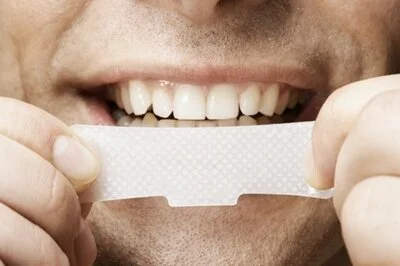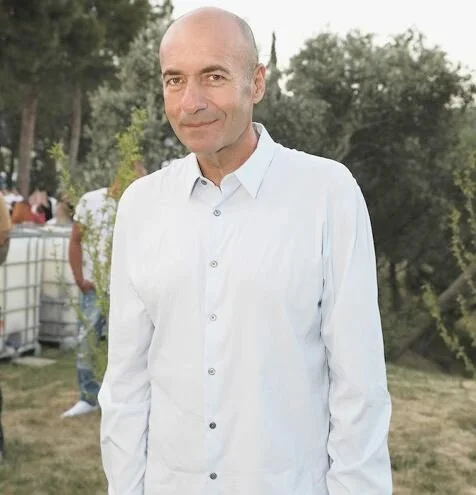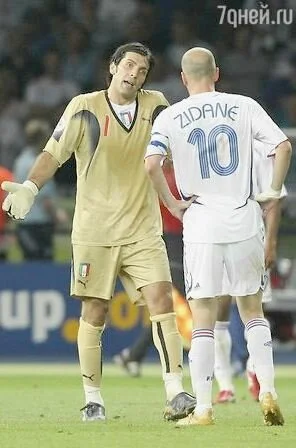At what age is it time to introduce the child to the dentist? Why even three-year-old children have caries? What for to treat a milk or dairy teeth, in fact they all the same will drop out? Wday.ru asked the most popular questions of parents to the best children’s dentist in Russia.
Our consultant is the gold medalist of the contest “Children’s Dentistry” of the Russian Dental Skills Championship of 2017, the head of the children’s dental department “AGF Kinder” Albina Japrintseva.
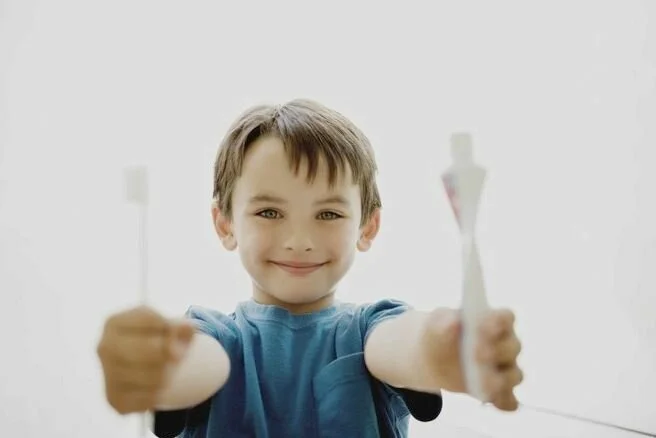 Photo: Legion-Media.ru
Photo: Legion-Media.ru
1. When does the child need to show the dentist for the first time?
The first visit with the baby is best done at the age of 9 months to 1 year, when the first teeth begin to come out. The doctor will examine the bridle of the tongue and lips, check the first teeth. This will provide an opportunity to notice and prevent or correct the pathology of the occlusion, speech defects, aesthetic disturbances in time. Further, children’s dentist for prevention is better to visit once a quarter.
2. How to teach a child to brush his teeth? What is more important – a brush or paste?
With the advent of the first tooth, one can already accustom a child to hygiene. To begin it costs with a soft silicone brush-fingertips and boiled water. Gradually go to the children’s toothbrush with water. If there is no indication for toothpaste, you can clean teeth with water for up to a year and a half. After that, switch to toothpastes. It is not quite right to choose between paste and brush. For a certain age, the brush is more important, for certain cases – paste. For example, if a child has a predisposition to tooth decay, the doctor will prescribe a paste with fluoride or strengthening therapy. And the European Academy of Pediatric Dentistry recommends the use of fluorine-containing pastes from the first tooth.
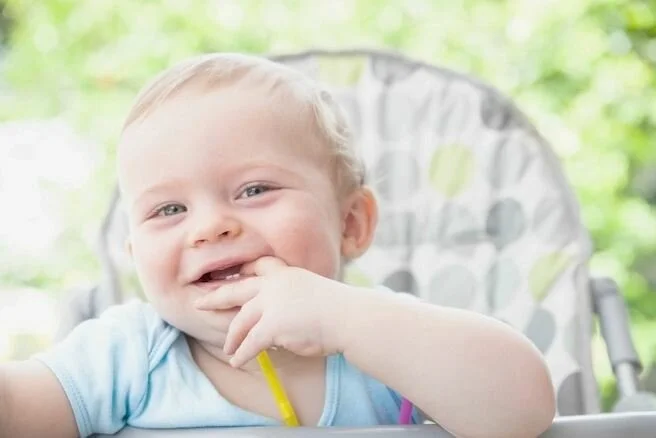 Photo: Legion-Media.ru
Photo: Legion-Media.ru
3. Why are still using the silvering of children’s teeth? They become black, it is not aesthetic, the child is going through.
Silvering of teeth is not a method of treatment of infant teeth, but only the preservation of infection (suspension of caries), since silver has a good antiseptic property. Silvering of teeth is effective when the process is shallow, within the enamel. If the process is extensive and affects such tooth structures as dentin, the efficiency from the silvering method will be very small. The method of silvering is chosen in the case when for some reason there is no possibility of full treatment.
4. My daughter is 3 years old. The doctor offered to treat 3 teeth at a time in a drug dream. But in fact anesthesia – this is dangerous for health and reduces life, has a number of consequences! Especially for a child.
The doctor offers to treat the teeth in sedation (dull consciousness) or under general anesthesia (anesthesia, drug-induced sleep) to parents of small patients because, unfortunately, at the age of 3-4 years, caries already suffer more than 50% of children. And the concentration of attention in children is small, the time in the chair is about 30 minutes. They get tired, fussy and cry. This time is not enough for high-quality work with a large volume. Earlier in medicine, not really safe drugs were used to carry out anesthesia. There were also undesirable reactions: vomiting, sensation of lack of air, headache, prolonged weakness. But now the treatment is carried out under general anesthesia with the use of the drug sevoran (sevoflurane) under the supervision of a team of anesthetists, a pediatrician. This is the safest inhalation anesthetic. It was developed in an American corporation and has been successfully used for more than 10 years in the US, Japan and Western Europe. Sevoran quickly acts (the patient falls asleep after the first breaths), does not cause allergic reactions. The patient easily wakes up 15 minutes after disabling the feeding of the sevoran, the drug quickly and without consequences is excreted from the body, does not harm any organs and systems. There are also no contraindications for the use of sevoran to patients suffering from such serious diseases as epilepsy, cerebral palsy, heart defects, liver and kidney damage.
More than 50% of children aged 3-4 years already have caries. By the age of 6 years, caries of temporary teeth is detected in 84% of small patients.
5. The doctor recommended preschooling fluoridation, fissure sealing, remineralization. What it is? Is it just prevention or treatment? Why is fissure sealing possible only right after eruption, not long after?
Permanent teeth after eruption are not yet formed to the end, their enamel is not mineralized, and there is a very big risk of infecting them. Fissures are natural fossae on the teeth. Sealing helps seal the pits so that they do not accumulate a soft coating of food, which is difficult to remove during daily hygiene. Caries of permanent sixth teeth in 80% of cases occurs in the first year, therefore it is more effective to carry out sealing immediately after eruption. Remineralizing therapy is a coating of fluorine-containing or calcium-containing drugs. All procedures are aimed at strengthening the teeth and preventing caries.
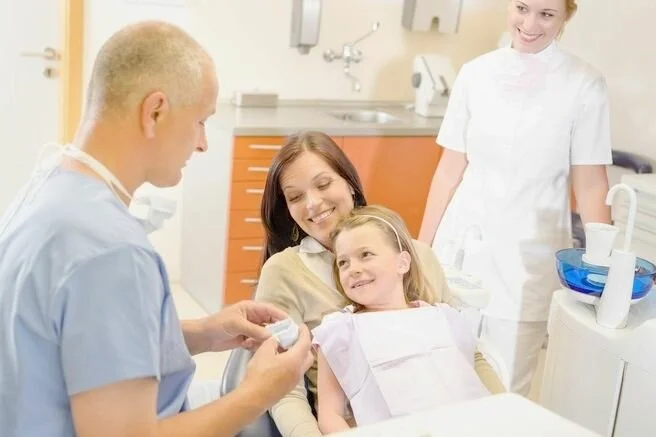 Photo: Legion-Media.ru
Photo: Legion-Media.ru
6. A daughter is afraid of a dentist (once painfully treated with a seal). How to choose a doctor who will help overcome fear?
Adaptation to the methods of the dentist in the child can be long. Act gradually, tell the child why you want to go to the doctor, as it will pass. In the clinic, in no case should you force a child to do anything. In the first visits a small patient may not even sit in a chair, but he will get acquainted with a doctor and talk with him. After several campaigns, you can gradually increase the medical manipulation in the chair. If fear is not overcome, for the peace of the child and parents, it may make sense to choose treatment in sedation or under general anesthesia.
7. Why should I treat cavities on my teeth? It’s expensive, but they’ll fall out anyway.
Do not treat baby teeth just because they fall out – absolutely wrong approach. The child needs healthy baby teeth to thoroughly chew food and learn to speak properly. Yes, the front milk teeth fall out quickly, but the chewing group of teeth is individually preserved up to 10-12 years. And these milk teeth are in contact with the permanent. By the age of 6 years, caries of temporary teeth is detected in 84% of small patients. Just at this age, the first permanent chewing teeth, the “sixes”, begin to erupt. And statistics confirms that caries of permanent sixth teeth in 80% of cases occurs in the first year. Caries is an infection that multiplies, damages more and more hard tooth tissues. It reaches the nerve of the tooth, pulpitis occurs, teeth begin to ache. When the infection goes even deeper, the germ of the permanent tooth can be involved in the inflammatory process, after which it can come out with the already changed structure of the enamel or lead to the death of the rudiment.
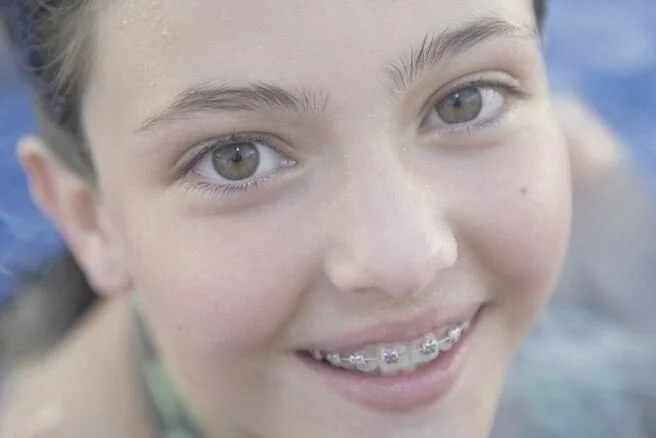 Photo: Legion-Media.ru
Photo: Legion-Media.ru
8. At the daughter (8 years) molars come out with curves. Our doctor says that while it is possible to put on only plates, it is too early to install braces. And her 12-year-old girlfriend has already put braces. What is the difference between plates and brackets? How to understand – the permanent teeth of the child still straighten up or is it time to run to correct the bite?
During the active phase of eruption of permanent teeth (5,5 – 7 years), everything depends on whether there are enough places in the jaw for new teeth. If it is enough, even the outgoing crooked constant teeth will later rise evenly. If the place is not enough, then without fixing the bite with any orthodontic constructs can not do. A record is a detachable device that is manufactured individually. Plates are used when a complete change of milk teeth has not occurred, and there are still growth zones in the jaw. Under the influence of the plates, the growth of the jaw stimulates, and a place appears for permanent teeth. A braces are used when the full change of dairy to permanent teeth. It is a non-removable device in which special fixing devices (braces) are glued to the tooth and are connected in a single chain with the help of an arc like beads. When the teeth begin to change, it is better to go to a consultation with an orthodontist and assess the situation. The sooner begin to engage in bite correction, the easier it will be to proceed and the faster the result will be achieved.
